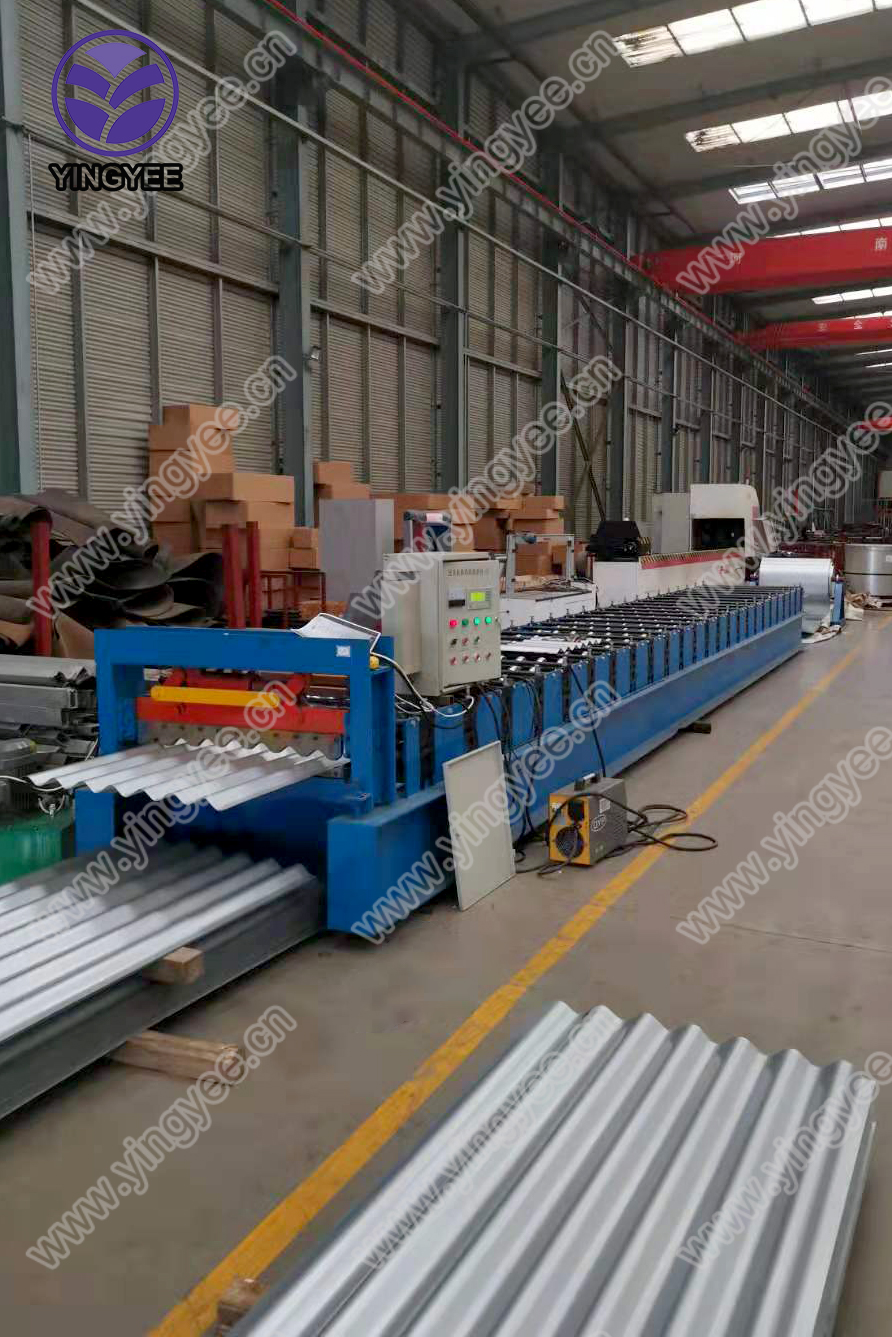
The Evolution and Importance of Aluminium Cold Roll Forming Machines
Aluminium has become one of the most widely used materials across various industries due to its lightweight, corrosion-resistant, and malleable properties. One of the crucial processes in the manufacturing of aluminium components is cold roll forming. At the heart of this process lies the aluminium cold roll forming machine, a vital piece of equipment that has undergone significant advancements over the years.
Understanding Cold Roll Forming
Cold roll forming is a bending process that involves feeding a flat strip of metal through a series of rolls to convert it into a desired shape without the use of heat. This method is particularly beneficial for aluminium because it allows for the creation of complex shapes with minimal waste. The cold roll forming process begins with the preparation of aluminium coils, which are fed into the machine where they undergo a series of progressive bending operations. Each roll in the machine gradually shapes the aluminium, producing consistent profiles that meet stringent tolerances.
Design and Functionality of Aluminium Cold Roll Forming Machines
Modern aluminium cold roll forming machines are equipped with precision engineering technologies that enhance their performance and efficiency. These machines typically consist of several components, including the uncoiler, the roll forming station, cutting tools, and a control system.
1. Uncoiler This component unwinds the aluminium coil and feeds it into the roll forming area. It is essential for ensuring a smooth and continuous operation, minimizing interruptions.
2. Roll Forming Station The heart of the machine, the roll forming station houses multiple sets of rollers that shape the aluminium as it passes through. Each set of rollers is designed to perform a specific function, gradually achieving the final desired profile.
3. Cutting Tools Once the aluminium has been shaped, it often needs to be cut to specific lengths. Advanced cutting tools integrated into the machine can perform this task accurately and efficiently.
4. Control Systems Today’s machines come with sophisticated control systems that allow operators to monitor and adjust the process parameters in real-time, ensuring high precision and quality control.
Applications of Aluminium Cold Roll Forming Machines
The versatility of aluminium cold roll forming machines allows them to be used in a variety of sectors
. Some of the most common applications include
- Building and Construction Aluminium profiles produced through cold roll forming are widely used in the construction of doors, windows, and roofing systems. The lightweight nature of aluminium makes these structures easier to install and transport.
- Automotive Industry The automotive sector utilizes cold-formed aluminium components for structural and aesthetic purposes. The lightweight characteristics of aluminium contribute to more fuel-efficient vehicles.
- Electrical and HVAC Systems Aluminium is often used in electrical enclosures and HVAC ductwork. Cold roll forming machines can produce the necessary components efficiently, ensuring they meet industry standards.
Benefits of Using Cold Roll Forming Machines
The adoption of aluminium cold roll forming machines presents numerous benefits to manufacturers
- Cost Efficiency The cold roll forming process is material-efficient, reducing waste and lowering production costs.
- High Precision With advanced control systems and precision engineering, these machines can produce consistently accurate profiles.
- Flexibility Manufacturers can easily switch between different profiles, enabling the production of customized solutions based on market demands.
- Reduced Labor Costs Automation features in modern machines lower the need for manual intervention, streamlining production and minimizing labor costs.
Conclusion
As the demand for lightweight and durable materials continues to rise, the importance of aluminium cold roll forming machines cannot be overstated. They not only provide manufacturers with a reliable method of producing high-quality aluminium components but also enhance efficiency, precision, and adaptability in the production process. The ongoing advancements in technology promise to further improve the capabilities of these machines, ensuring they remain integral to various industries for years to come.